One of the best representations of any place you visit can be found in its architecture. From houses to buildings to landmarks, each structure tells its own story, and by photographing it, we can capture and share the essence of man-made beauty.
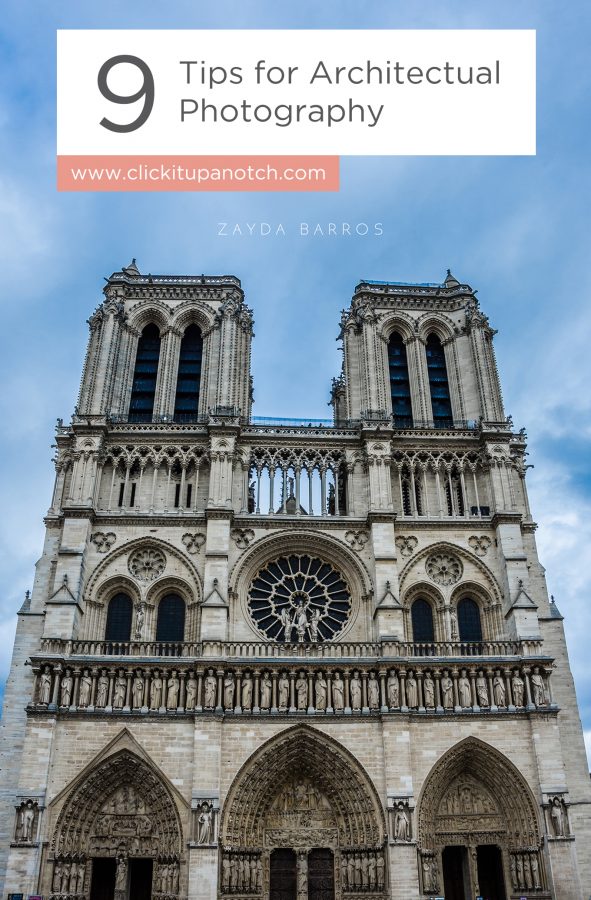
Read more: Travel Photography – 12 Tips for Europe
Architecture is one of my favorite subjects, and I hope these few tips help you discover new ways of capturing it!
-
No.01Search for design elements
Oftentimes, when we look at a structure, we tend to see it as a whole, and we ignore the separate elements that were purposely included in the design. By opening our eyes and giving a more thorough look at the area, we can capture archways, staircases, doorways, windows, reflections, and a variety of plays on geometry that represent the vision of the architect.
-
No.02No wide angle? No problem!
Granted, a wide angle lens is a magnificent addition to any camera bag, especially for architecture photography, but sometimes we find ourselves without one, whether it is because like me, you don’t own one or because at that point in time you don’t have yours within reach.
You can still get the shot without it, and all you need is a little post processing help. Set your camera to Manual, adjust your settings so the lighting is even in all of the images, and take between two to six shots of the area in portrait or landscape orientation, making sure there is a little bit of overlap between them.
Take your images to your processing software, and explore the different options for photo merging that it has to offer. This image of the beautiful Peabody Library in Baltimore, MD was created from two separate photos on Adobe Camera Raw.
-
No.03Be patient
You can get a perfect “people-less” image of a busy landmark with Photoshop’s Median Stack Mode, if you use a tripod and snap the right amount of photos. However, if you don’t have a tripod or if you would rather get it right on camera, all you need is to find the right spot and have a little bit of patience.
Keep your camera aimed and focused and your hands steady, and that magical split second in which all people and vehicles are out of your frame will present itself.
-
No.04Be aware of your surroundings
Natural elements and external features can help bring out the beauty of any building. Keep an eye out for changes in light, adjacent structures that can create a contrast, trees that could make a frame around your building, or water features that can create a reflection. These will add something extra to your image and make it more interesting and visually appealing.
-
No.05Use a tripod at night
Landmarks and structures go through a visual change once the sun has set, and it often feels like you are looking at two different places. They light up and show a different kind of beauty, one that cannot be captured during the day. The best way to properly photograph them at night is to use a tripod.
If your camera has excellent low light capabilities, you will be able to get great results shooting handheld, but for those sharp, long exposures, a tripod (and in my case, a remote shutter release) will be your best friend.
-
No.06Look Up!
Using the worm’s eye perspective is one of the easiest ways to photograph taller buildings, indoors and outdoors, because it accurately represents the size and magnitude of the structure in the image.
It is also a fantastic perspective to apply when your subject is a world-famous landmark, and it is surrounded by people at all times.
-
No.07Pay attention to detail
When we think of architecture, we think of great structures, and we are right to do so, but little details are often part of what makes these buildings a whole. Don’t be afraid to get close or to use a zoom lens to capture these.
Lean against a wall and capture its texture, get close-ups of doorknobs or crown moldings, a macro of colorful tiles and mosaics, or a detail shot of a hand painted mural or ceiling. Looking back on your photographs, you will be happy you did.
-
No.08Don't fear bad weather
Unlike with other types of photography, bad weather doesn’t have to interfere with creating beautiful architectural images. Rain, gloomy skies, and heavy clouds can add a strong visual element to your structures, helping you create dark and moody scenes that portray the building in a different light.
Don’t forget to always protect your equipment while shooting in any extreme weather.
-
No.09Go for the iconic shot
I had the amazing opportunity to visit Fallingwater, by Frank Lloyd Wright. Fallingwater is one of the most important houses in the history of modern architecture because of how innovative its design was for its time. My mother is an architect, and I grew up looking at this house (and many more) in her books, so to be able to be there was nothing short of a dream come true.
When I was photographing it and trying to find new angles, I realized that at that point in time, nothing was bringing me more joy than to get THE shot -the iconic one- the one I had seen so many times in books, on TV and on the Internet. There was a sense of accomplishment in making that landmark a little bit mine that way.
I will still go for new angles and creative ways of photographing famous places, but I strongly feel that we should all have the iconic shot of a place we’ve dreamed of in our camera roll.
Last but not least, have fun with it! I hope these tips help you achieve some beautiful architecture images next time you take your camera out for a spin.


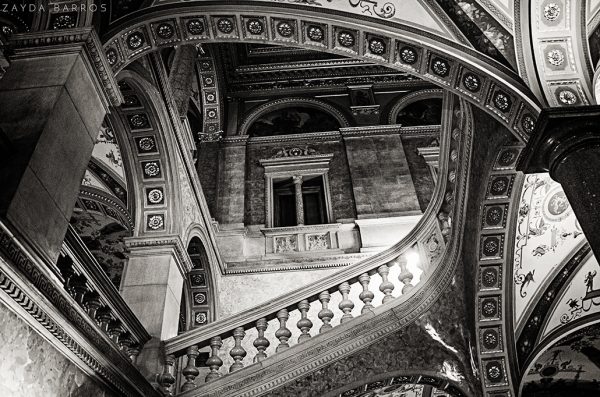
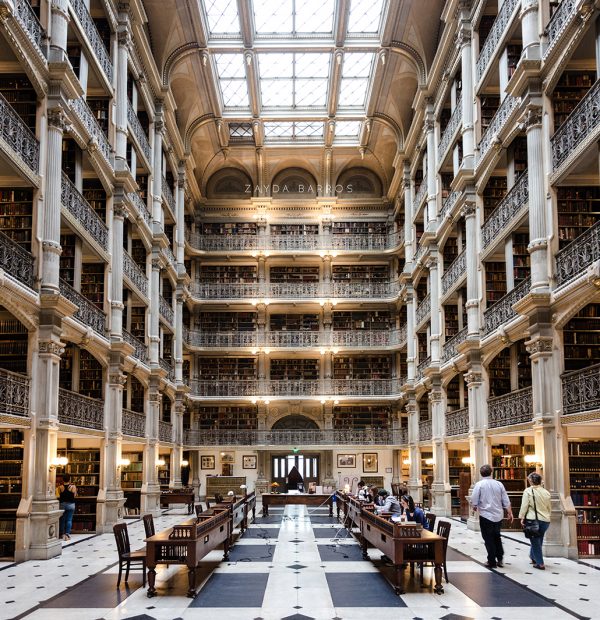
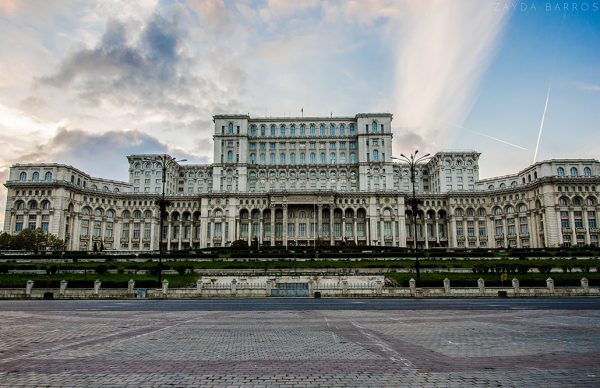
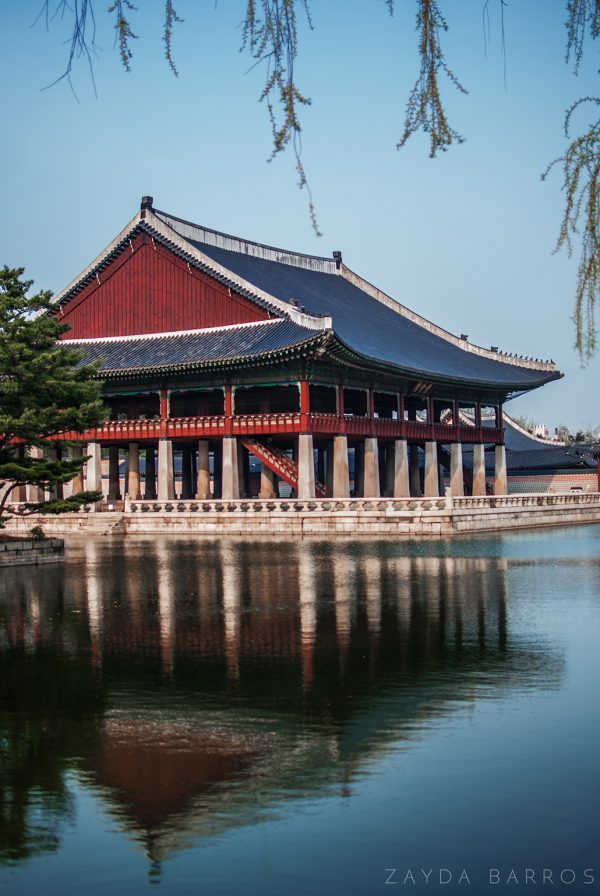


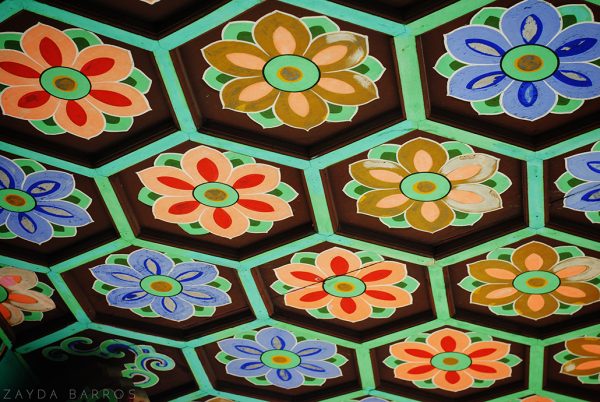

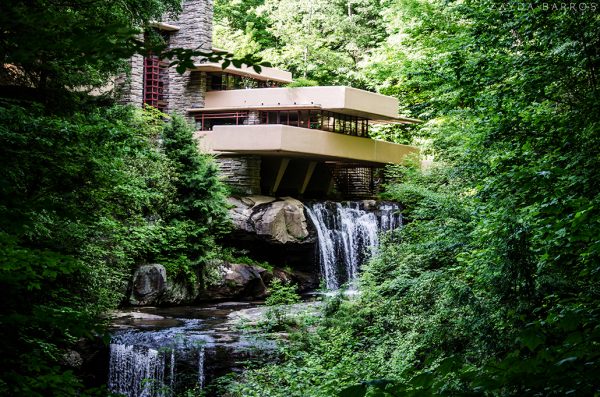






I just wanted to thank you for these tips for architectural photography. I hadn’t considered that using gloomy skies or heavy clouds could help add a nice element to different structures. Maybe it could be good for beginning photographers to see the effect that weather and lighting could have on a structure to get a better idea of how it could impact an overall piece.